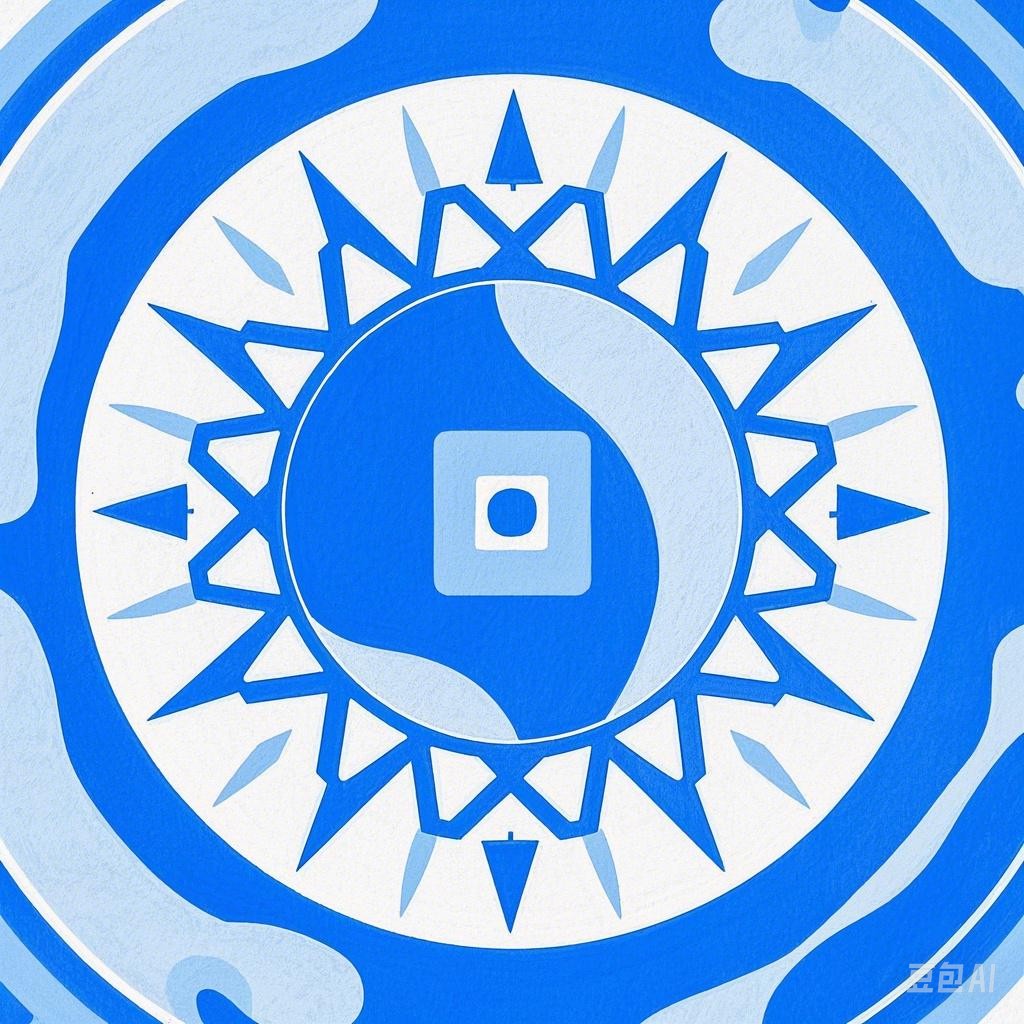Introduction
Festivals are an integral part of human culture, serving as a platform to celebrate, honor, and preserve traditions. They reflect the rich tapestry of history, beliefs, and social customs of a society. This article aims to explore the fascinating differences and similarities between Chinese and Western festival cultures, tracing their origins, significance, and the unique customs that have been passed down through generations.
Chinese Festival Cultures
Origins and Significance
Chinese festivals have their roots in ancient traditions and are deeply rooted in the country’s rich history. Many festivals are based on lunar calendars and are celebrated at specific times of the year. The most significant Chinese festivals include:
- Spring Festival (Chinese New Year): Marking the beginning of the lunar new year, it is a time for family reunions, feasts, and the exchange of red envelopes filled with money.
- Lantern Festival: Held on the 15th day of the first lunar month, it symbolizes the end of the New Year celebrations and is characterized by lantern displays and dragon dances.
- Qingming Festival: Also known as Tomb-Sweeping Day, it is a time for honoring ancestors and cleaning graves.
Unique Customs
- Dragon and Lion Dances: These traditional performances are believed to bring good luck and ward off evil spirits.
- Paper Cutting: Artisans create intricate paper cuttings, which are used to decorate homes and symbolize good fortune.
- Tea Ceremonies: Tea is an integral part of Chinese culture and is often served during festivals to symbolize hospitality and respect.
Western Festival Cultures
Origins and Significance
Western festivals have diverse origins, ranging from religious to secular celebrations. Some of the most prominent Western festivals include:
- Christmas: Celebrated on December 25th, it commemorates the birth of Jesus Christ and is characterized by gift-giving, decorations, and festive meals.
- Halloween: Originating from ancient Celtic festivals, it is now a time for costumes, trick-or-treating, and spooky decorations.
- Easter: Celebrating the resurrection of Jesus Christ, it involves egg hunts, festive meals, and religious services.
Unique Customs
- Christmas Trees: Decorated with lights, ornaments, and gifts, Christmas trees are a central element of the celebration.
- Jack-O’-Lanterns: Carved pumpkins with faces are placed in windows and doorways to ward off evil spirits during Halloween.
- Easter Eggs: Eggs are dyed and hidden for children to find, symbolizing new life and rebirth.
Similarities and Differences
Both Chinese and Western festival cultures share common themes, such as the importance of family, the celebration of life cycles, and the pursuit of good fortune. However, there are distinct differences in the origins, customs, and symbolism of these festivals.
Similarities
- Family Reunions: Both cultures emphasize the importance of family during festivals, with reunions and festive meals being a central part of the celebration.
- Symbolism of New Life: Festivals such as the Chinese Lantern Festival and Western Easter both symbolize new life and rebirth.
- Gift-Giving: Exchanging gifts is a common practice during both Chinese and Western festivals.
Differences
- Origins: Chinese festivals have their roots in ancient traditions and are deeply rooted in the country’s history, while Western festivals often have religious origins.
- Customs: Chinese festivals have unique customs such as dragon and lion dances, while Western festivals have customs like Christmas trees and Easter egg hunts.
- Symbolism: The symbolism of certain customs varies between cultures, with Chinese festivals emphasizing the importance of ancestors and Western festivals focusing on religious themes.
Conclusion
Chinese and Western festival cultures offer a fascinating glimpse into the diverse traditions and beliefs of different societies. By exploring the origins, significance, and customs of these festivals, we can appreciate the rich tapestry of human culture and the unique ways in which people celebrate life.
